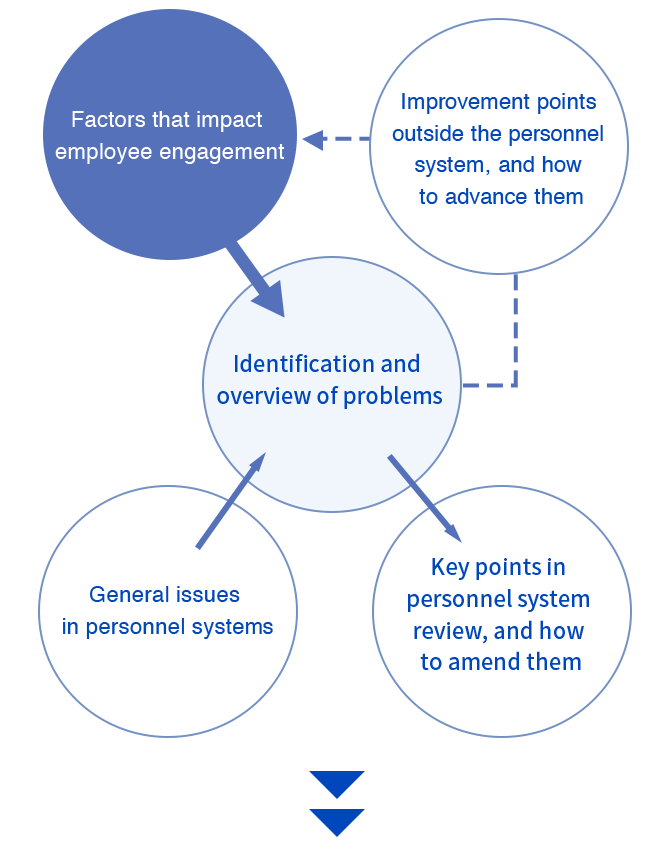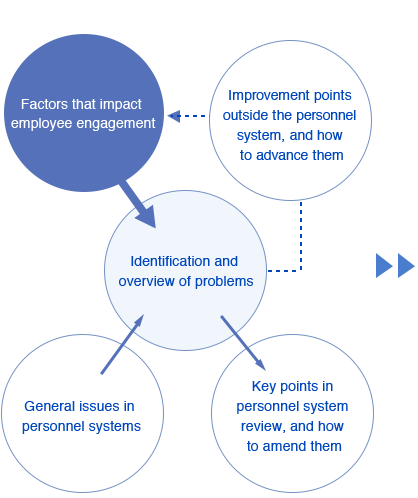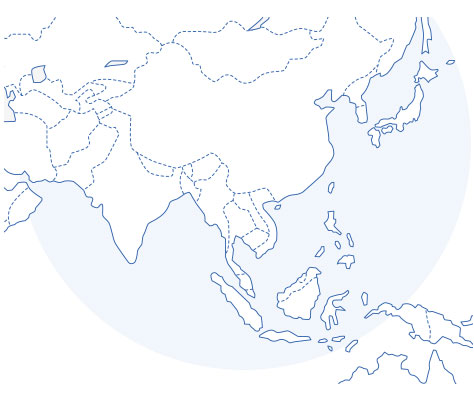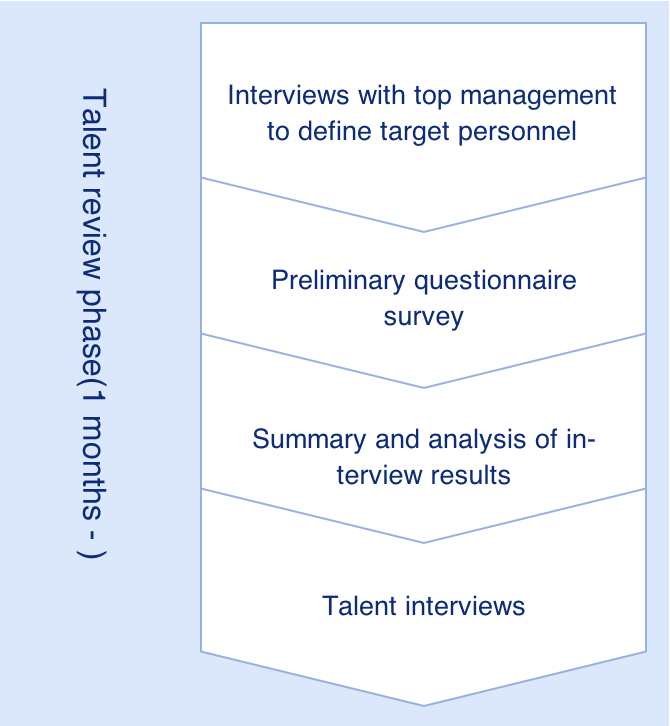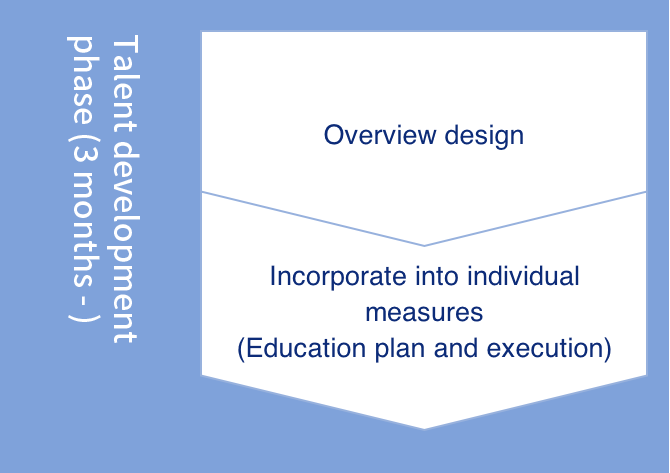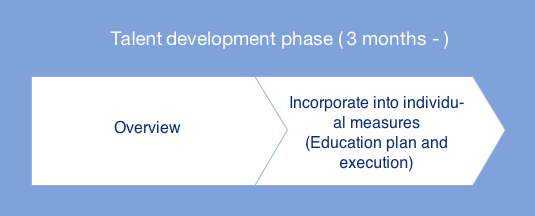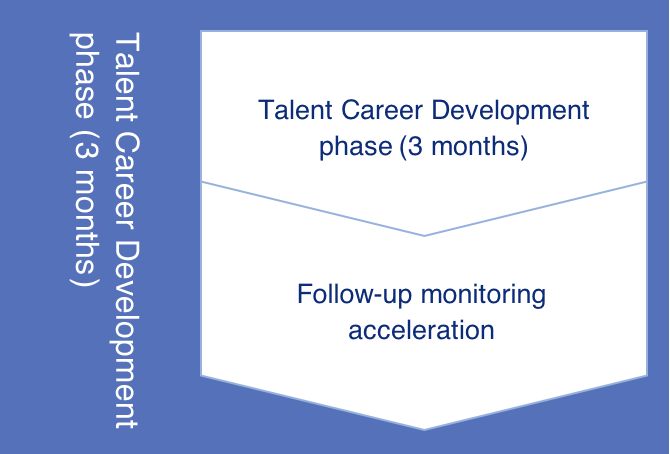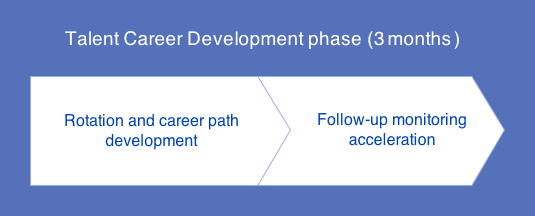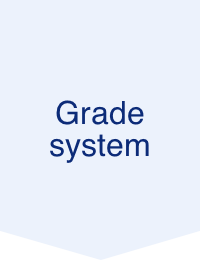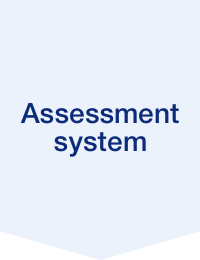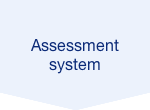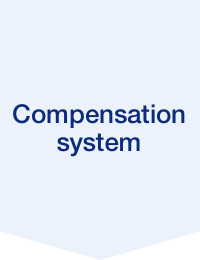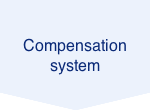SOLUTIONS
Talent Management
Consulting
Implementation Example
From Competency to
Personnel Policies and Personnel Development System Consulting
Implementation Example
6 months – 1 year (standard)
1st step: Use interviews with managers, internal questionnaires, group interviews, and other techniques, to get a clear image of the people and competencies that will be required to attain future strategies.
2nd step: Clarify personnel development policies
3rd step: Develop a global personnel development system and common global modules.
Competency and personnel development policies, global personnel development system
Implementation Scheme
1st step
Setting the definitions of personnel requirements(image of the required personnel) and competencies
Build an image of the target personnel and competencies the company needs, through interviews with managers and with high performers at each level
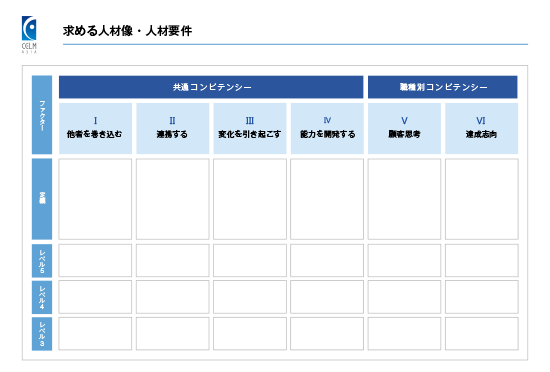
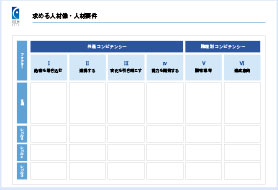
2nd step
Setting personnel development policies
Clarify basic policies for the company’s personnel development through dialog with managers, and from management strategy
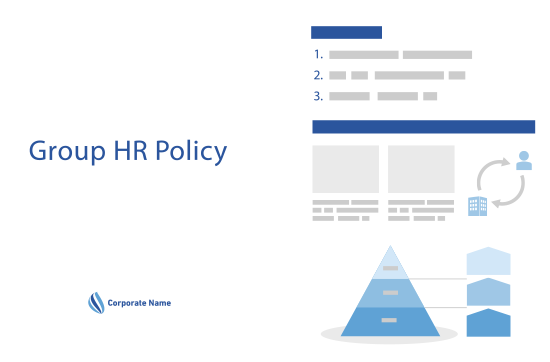
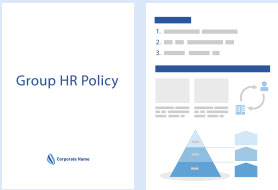
3rd step
Personnel development system
Build a personnel development system for the phased and planned development
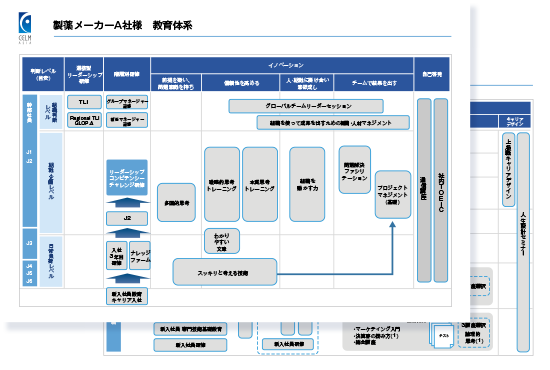
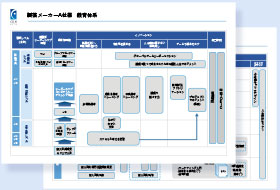
Quick Analysis of Personnel Systems and HR Strategy Building
Implementation Example
3 months to 1 year (standard)
1st step: Hearings and document analysis about personnel system problems
2nd step: Examine the big picture of personnel system problems from the perspective of engagement.
3rd step: Examine key points to reconsider, in the personnel system and elsewhere.
Visualizing the whole picture of issues. Visualizing system and non-system improvement processes.
Executing the most effective measures in the field.
実施イメージ
